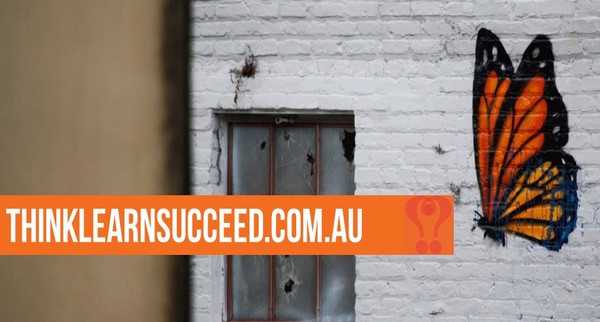The terms ‘consensus’ and ‘consensus-building’ are buzzwords. Like all buzzwords, they are thrown around confidently by people who don‘t fully understand their meanings. This reduces the effectiveness of meetings and leads to poor decision making. So what is consensus and how can leaders, facilitators and HR practitioners help groups reach it?
Consensus is a point of maximum agreement. The word maximum is important. Reaching consensus does not mean that everyone in the group fully agrees to the conclusion reached. However, when consensus has been reached, everyone knows their contribution has been taken seriously. Great facilitators and group leaders build consensus by using constructive framing and groupwork techniques. Here are a few pointers on how you can do this.
Set an agree to agree frame
Framing skills are a hallmark of master facilitators. In decision-making contexts, framing involves setting boundaries and norms for a conversation. A simple way to begin a consensus building conversation is to say “To get the most this conversation, let’s agree on how will work together. Our aim is to create a decision about… Is everyone committed to reaching an agreement?”
Define the issue to be resolved or decided
Write the core topic of conversation on a whiteboard, in full view of each member of the group. This is a way of keeping people focused on the central issue throughout the conversation. It is important to frame the core issue in a way that leaves options open. If information is missing, take time to make sure all relevant material is available. It may be necessary to break the discussion into parts, clarifying the issues one section at a time.
Ask exploratory questions
Encourage the group to work slowly. For consensus to happen, new perspectives may need to be taken. Asking exploratory questions helps everybody to reflect on their own mindset. This is a gentle way of loosening up thinking before seeking solutions.
Probe for options
Use solution focussed questions and creative thinking tools to generate new ideas. Remind people that at this point the group is simply developing ideas: none of these are being committed to at present. Some of the ideas may seem too far-fetched. However, these ideas might lead to new ways of thinking and problem-solving.
Combine options
When ideas have been flying around a room, combining elements from different proposals often reveals a workable solution. It creates common ground. At this point, focus on selecting the best options and pulling them together. Do not suggest crossing unworkable options off the list. This can prompt conflict and distract the group.
Test for agreement
Once the group seems to have a workable plan, test for agreement. Write the proposed action plan up. Allow space for people to voice reservations and make changes. This will help everyone feel heard and generate true consensus.
When led by a skilled group leader, consensus-building is a dynamic and inspiring process. Choose the right person to run your group, by selecting a facilitator who:
- Is experienced leading active constructive conversations
- Has a firm grasp of conflict resolution techniques
- Understands experiential learning processes
- Knows how to frame, reframe and lead solution focussed discussions
- Is skilled in applying positive psychology techniques
About the author of this article:
Eleanor Shakiba is a master trainer and coach. She specialises in teaching smart people to use positive psychology and breakthrough communication techniques. Eleanor loves working with people who make a positive difference to the world – including facilitators, trainers and HR practitioners. She is the author of the Positive Psychology Toolkit for HR and L&D practitioners. She also runs a range of retreats and workshops for trainers and facilitators.
